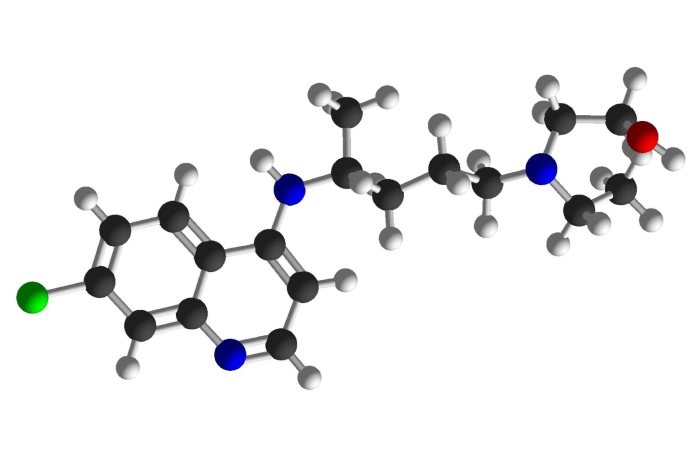For many years, Plaquenil has been used by rheumatologists around the world to effectively control rheumatoid arthritis and lupus erythematosus. Most often, this drug has to be taken for a very long time (6-12 months or longer), which greatly alarms some patients.
In order to dispel possible concerns about Plaquenil, the answers to the seven most frequently asked questions about this drug will be given below.

1. Which Manufacturer is Better?
Plaquenil is a fairly simple preparation based on hydroxychloroquine sulfate. Any regional pharmaceutical company can handle its production. That’s why a generic version of Plaquenil will have the same therapeutic effect as any advertised (and much more expensive) American/British, or Spanish analogue.
2. Side Effects in Prolonged Use of Plaquenil
If the recommended dosages and regimens are followed, the drug is very well tolerated by patients. In rare cases, patients complain of headaches, blurred vision, heartburn and nausea.
All these complications occur during the first two weeks of administration and are easily eliminated by dose adjustment or the appointment of symptomatic therapy.
3. Is Plaquenil Dangerous to the Eyes?
It is not the Plaquenil itself that is dangerous, but the violation of the rules of its use. Indeed, hydroxychloroquine can have a negative effect on the cornea and retina of the eyes. This is manifested by visual clarity disorders, color perception distortions, photophobia, but sometimes there are no characteristic symptoms.
That is why patients who take Plaquenil for a long time need to visit an ophthalmologist regularly, because with timely dosage correction or cancellation of the drug, its negative effect on the visual apparatus is completely reversible.
Therefore, hydroxychloroquine is dangerous only for patients who independently change the dosage, skip examinations by an ophthalmologist or deliberately hide information about their eye diseases from a rheumatologist.
4. Is It Possible to Take Plaquenil as Short-Term Treatments?
It is possible, but it makes no sense because the drug has a cumulative effect and patients do not feel the first results of taking it until the third month — in most cases only for 5-6 months.
5. Is It True That Plaquenil Cannot be Combined with NSAIDs?
The combination of NSAIDs (nonsteroidal anti-inflammatory drugs) with hydroxychloroquine is indeed assessed as risky, but in some cases this is the only way to relieve patients from pain.
6. How to Determine the Compatibility of Plaquenil with Other Drugs?
You can not do this on your own in any case. Patients taking Plaquenil should always notify this fact to the doctor with whom they are undergoing treatment for other diseases.
7. How to Understand If Plaquenil Doesn’t Help?
Only with the help of laboratory tests. The absence of tangible improvements in the general condition of the patient cannot be considered as a reliable criterion for evaluating the effectiveness of the drug, because sometimes it just needs to change (increase) the dosage.
